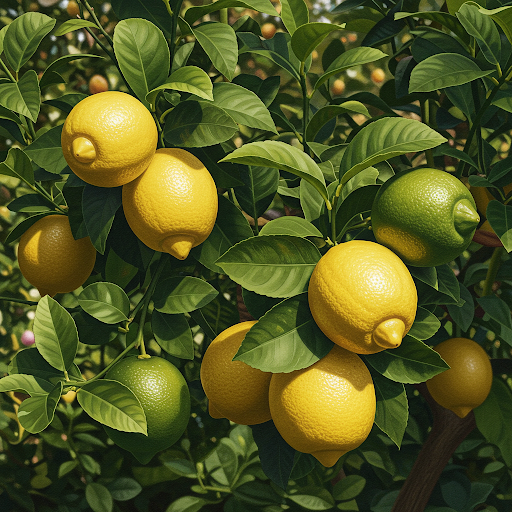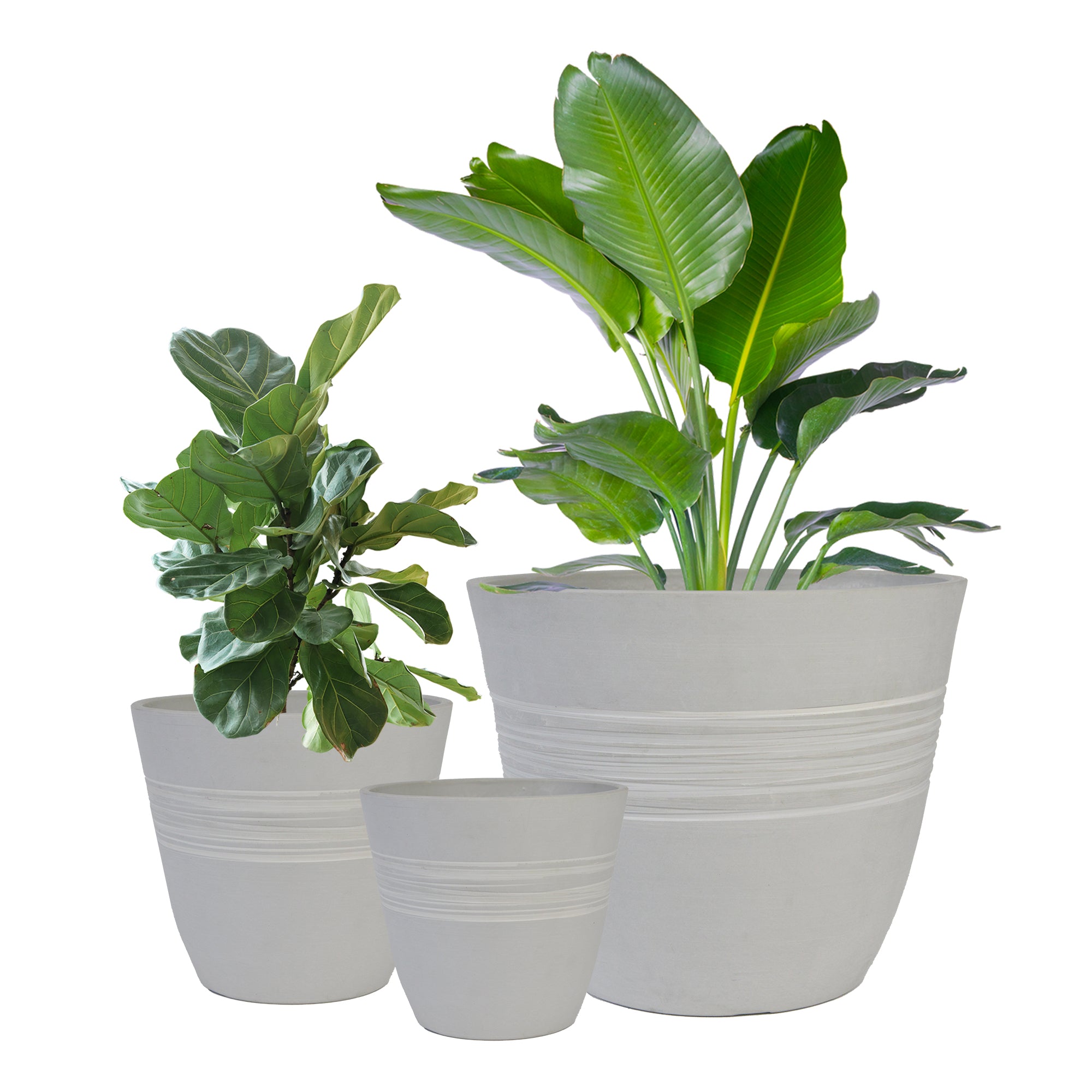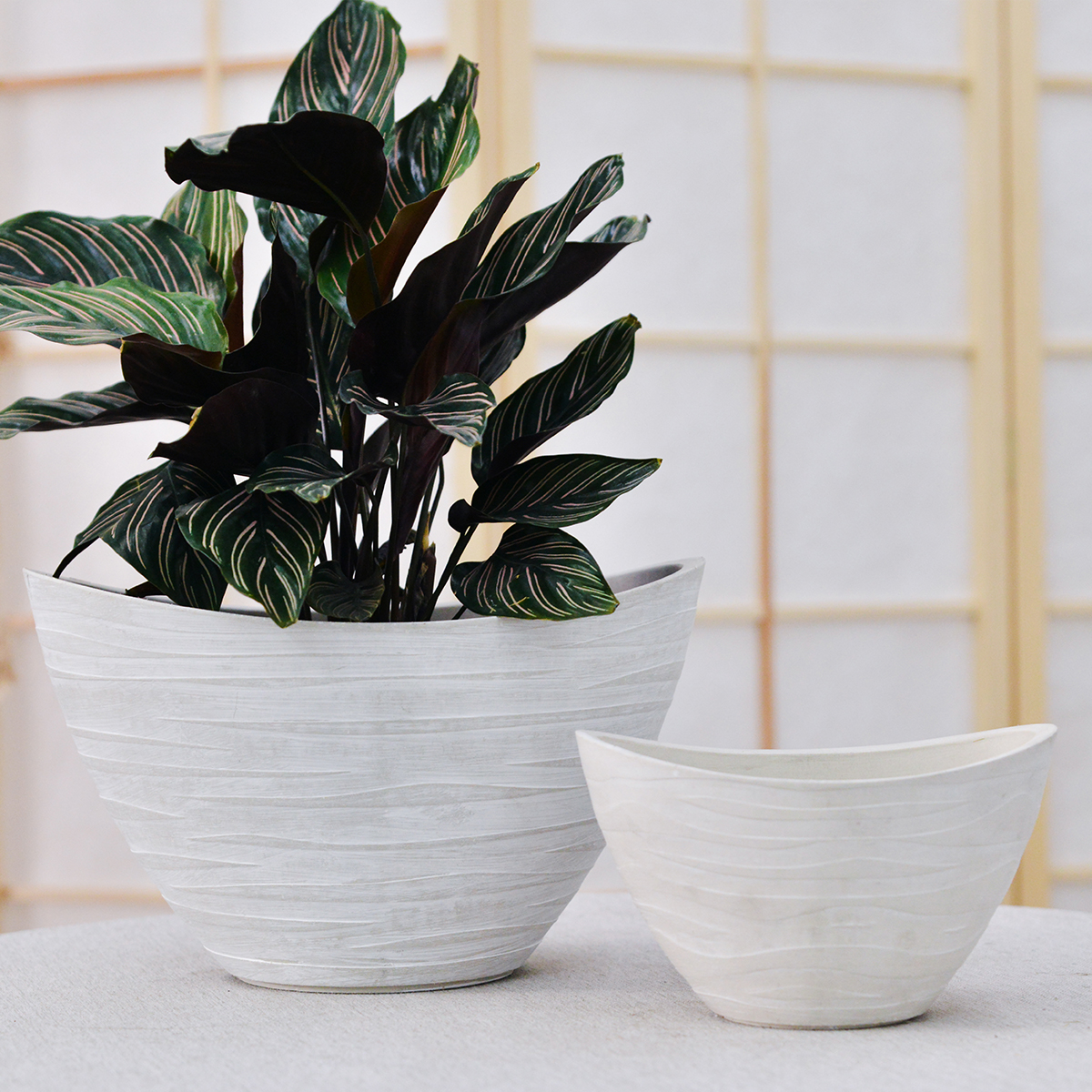Zest for Growth: Homemade Fertilizers to Keep Your Lemon Tree Happy
A thriving lemon tree, laden with fragrant blossoms and juicy fruit, is a rewarding addition to any garden or patio. While commercial fertilizers are readily available, you can easily create your own nutrient-rich blends using common household items. These homemade options are not only cost-effective but also environmentally friendly. Let’s explore some fantastic ways to make fertilizer for your lemon tree and keep it in its prime.

Why Fertilize Your Lemon Tree?
Lemon trees are heavy feeders, meaning they require a consistent supply of nutrients to support healthy growth, abundant flowering, and a plentiful harvest of flavorful lemons. Fertilizing provides the essential elements, primarily nitrogen (N), phosphorus (P), and potassium (K), along with vital micronutrients, that your lemon tree needs to flourish.
Key Nutrients for Lemon Trees:
- Nitrogen (N): Promotes leafy growth and vibrant green foliage. Crucial during active growth periods.
- Phosphorus (P): Supports root development, flowering, and fruit production. Important during bloom and fruit set.
- Potassium (K): Enhances overall plant health, strengthens disease resistance, and improves fruit quality.
- Micronutrients: Elements like magnesium, iron, zinc, and manganese are also essential for various plant functions and can impact leaf color and fruit development.
Homemade Fertilizer Options for Your Lemon Tree:
Here are several effective and easy-to-make fertilizer options for your lemon tree, drawing inspiration from the Spanish article and common gardening practices in the US:
1. Citrus Peel Compost Tea:
- Ingredients: Lemon peels (and other citrus peels), water.
- How to Make: Save your lemon peels (and other citrus peels if you have them). Place them in a container and cover them with water. Let them steep for a few days to a week.
- How to Use: Dilute the resulting “tea” with more water until it’s a light yellow color. Use this to water your lemon tree. Citrus peels contain nitrogen, phosphorus, potassium, and various micronutrients. The fermentation process makes these nutrients more readily available to the plant.
2. Banana Peel Fertilizer:
- Ingredients: Banana peels, water.
- How to Make: Banana peels are rich in potassium, which is excellent for flowering and fruit production. You can simply bury chopped banana peels around the base of your lemon tree and let them decompose naturally. Alternatively, you can make a “banana peel tea” by steeping banana peels in water for a few days and then using the liquid to water your tree.
- How to Use: Bury chopped peels every few weeks or use the tea to water your tree monthly during the growing season.
3. Eggshell Fertilizer:
- Ingredients: Eggshells.
- How to Make: Eggshells are a good source of calcium, which is important for strong cell walls and can help prevent blossom-end rot (though this is less common in citrus than in tomatoes). Rinse and dry eggshells, then crush them into a fine powder.
- How to Use: Sprinkle the eggshell powder around the base of your lemon tree and gently work it into the soil. You can do this every few months.
4. Coffee Grounds Fertilizer:
- Ingredients: Used coffee grounds.
- How to Make: Coffee grounds are a good source of nitrogen and also contain phosphorus and potassium. They also help improve soil structure and drainage.
- How to Use: Sprinkle used coffee grounds around the base of your lemon tree and lightly mix them into the top layer of soil. Avoid using too much at once, as they can be slightly acidic.
5. Wood Ash Fertilizer:
- Ingredients: Wood ash (from untreated wood only).
- How to Make: Wood ash is rich in potassium and also contains phosphorus and other trace elements.
- How to Use: Use wood ash sparingly, as it is alkaline and can raise the soil pH. Sprinkle a small amount (about a handful for a small tree, more for larger trees) around the base of your lemon tree once or twice a year, preferably in the fall or winter. Avoid using ash from treated wood or charcoal briquettes.
6. Compost and Worm Castings:
- Ingredients: Compost, worm castings.
- How to Make: If you compost at home, your finished compost is an excellent source of balanced nutrients for your lemon tree. Worm castings are also incredibly beneficial, providing a slow-release source of essential elements.
- How to Use: Amend the soil around your lemon tree with compost in the spring and fall. You can also top-dress with worm castings or incorporate them into the soil when planting or repotting.
Important Considerations for Fertilizing Lemon Trees:
- Timing: The best time to fertilize your lemon tree is during its active growing season, which is typically spring and summer in most US climates. You may reduce or stop fertilizing during the fall and winter when growth slows down.
- Frequency: Fertilize mature lemon trees every 4-6 weeks during the growing season. Younger trees may benefit from more frequent, lighter feedings.
- Application: Whether using homemade or commercial fertilizers, always water your lemon tree thoroughly after applying fertilizer. This helps distribute the nutrients and prevents root burn.
- Soil Testing: Consider conducting a soil test periodically to determine the specific nutrient needs of your soil. This can help you tailor your fertilization program more effectively.
- Container vs. In-Ground: Container-grown lemon trees will require more frequent fertilization than those planted in the ground, as nutrients can leach out more quickly from pots.
- Observe Your Tree: Pay attention to the health and appearance of your lemon tree. Yellowing leaves, stunted growth, or poor fruit production can indicate nutrient deficiencies, while excessive leafy growth with little fruit might suggest over-fertilization with nitrogen.

Beyond Homemade: Commercial Options
While homemade fertilizers are great, you can also use commercial fertilizers specifically formulated for citrus trees. Look for balanced fertilizers with a higher nitrogen content, especially during the active growth phase. Follow the manufacturer’s instructions for application rates. Organic options like citrus-specific fertilizers or slow-release granular fertilizers are also excellent choices.
Conclusion:
Nourishing your lemon tree with the right nutrients is key to its health and productivity. By utilizing these simple and effective homemade fertilizer options, you can provide your tree with the essential elements it needs to thrive, bloom profusely, and produce an abundance of delicious lemons. So, get creative with your kitchen scraps and give your lemon tree the zest for growth it deserves!
Plant Pots 6 inch 8 inch 12 inch for Indoor Outdoor Plants, Set of 3 Modern Decorative Planter with Drainage Hole, Decorative Flower Pots
By greenship-seo|2025-04-10T06:38:40+00:00January 16, 2025|Categories: Hand-carving Series|Tags: Decorative Flower Pots|
KC3-14A
By greenship|2024-08-16T06:26:30+00:00August 16, 2024|Categories: Hand-carving Series|
Planter for Indoor Outdoor Plants, Set of 2 Modern Decorative Plant Pots with Drainage Hole, Decorative Flower Pots
By greenship-seo|2025-01-14T12:26:44+00:00January 14, 2025|Categories: Hand-carving Series|Tags: Decorative Flower Pots|
11V
By greenship|2024-08-13T03:05:48+00:00August 13, 2024|Categories: Hand-carving Series|
HS
By greenship|2024-08-13T06:45:17+00:00August 13, 2024|Categories: Hand-carving Series|
20YB
By greenship|2024-08-16T05:37:57+00:00August 16, 2024|Categories: Hand-carving Series|






